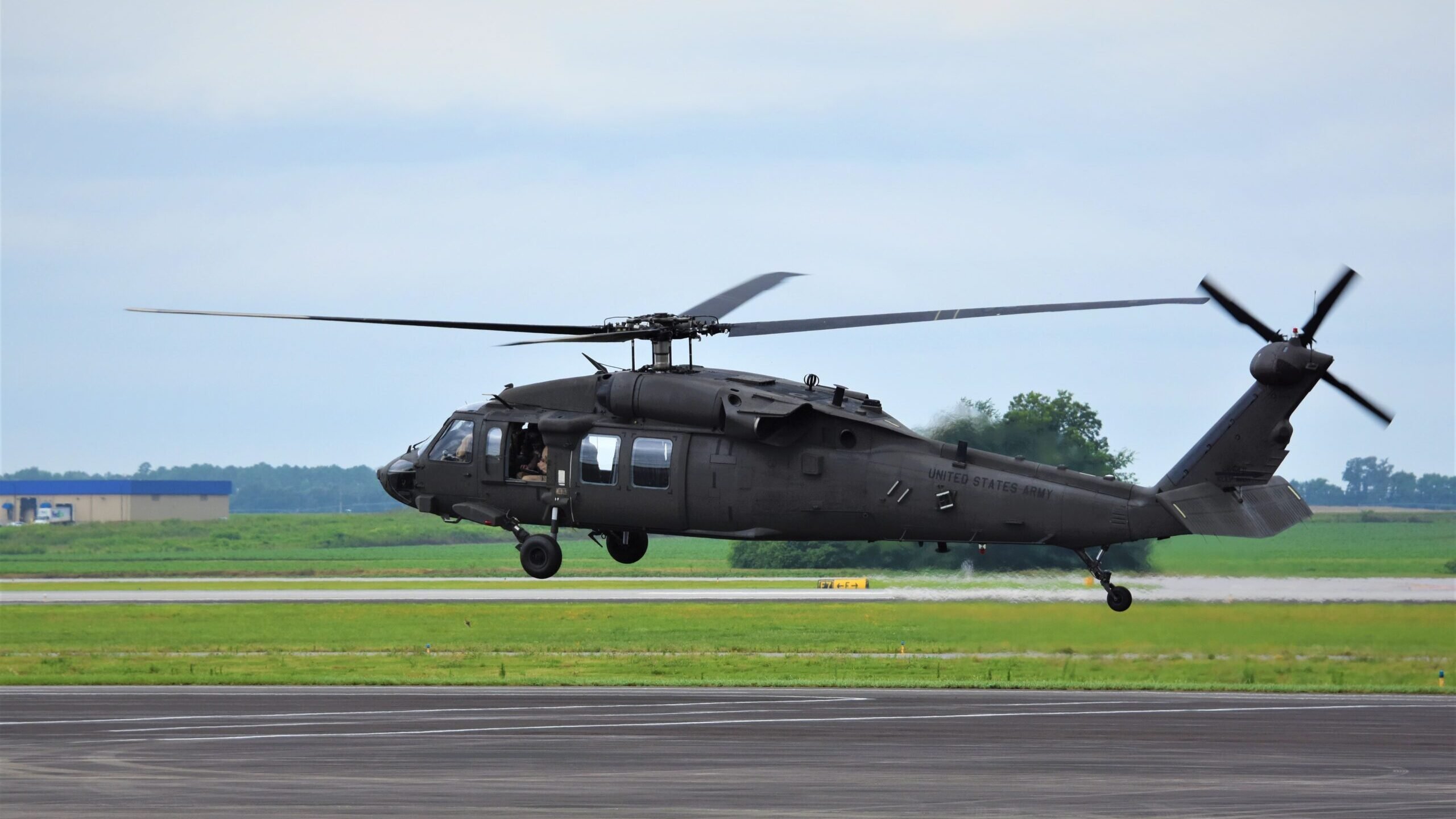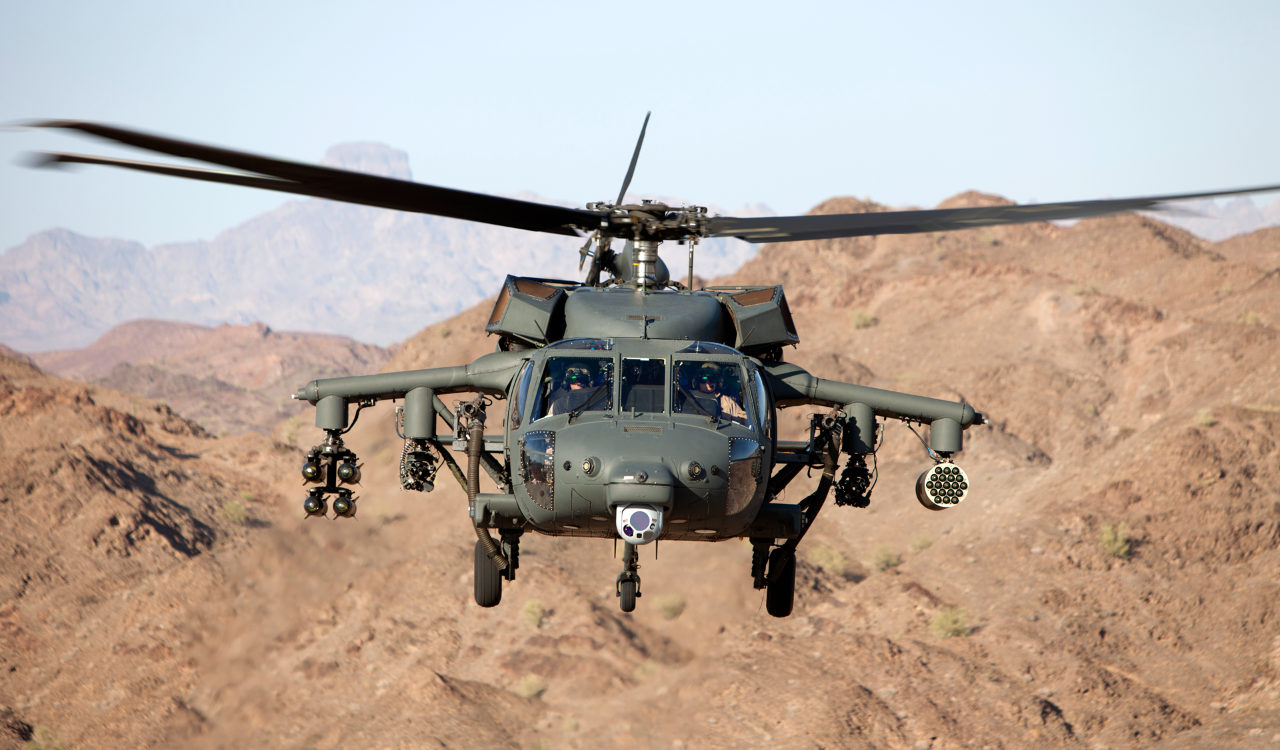UH 60 Black Hawk: Army Helicopter Attributes and Capacities
UH 60 Black Hawk: Army Helicopter Attributes and Capacities
Blog Article
The Effect of Lasting Practices on the Future of Airplane Workflow and Emissions Reduction
As the aeronautics market faces enhancing scrutiny over its ecological effect, the adoption of sustainable methods emerges as a crucial path towards future airplane operations and exhausts reduction. Advancements in lasting aeronautics fuels and developments in crossbreed propulsion technologies stand at the leading edge of this transformation, encouraging considerable reductions in greenhouse gas emissions. Nevertheless, the effective integration of these efforts hinges on a variety of factors, including regulatory frameworks and industry collaboration. The question stays: exactly how will these developing methods improve the dynamics of flight and add to a more sustainable future?

Summary of Sustainable Practices
Sustainable methods in aircraft operations include an array of methods focused on lowering ecological influence while preserving operational performance. These practices are necessary in the aviation industry's dedication to reducing its carbon impact and adhering to global ecological criteria. Key initiatives consist of optimizing flight paths to decrease fuel consumption, enhancing maintenance methods to make certain airplane run at peak performance, and carrying out sophisticated modern technologies such as winglets and lightweight materials that improve aerodynamics.

Training and engaging personnel on sustainability techniques also play an essential duty, promoting a society of environmental duty within companies. On the whole, the integration of these sustainable techniques not just aids reduce discharges however likewise improves the long-term practicality of the air travel industry, ensuring it meets the demands of both consumers and governing bodies while adding to global sustainability objectives.
Ingenious Gas Alternatives
Countless cutting-edge gas choices are becoming pivotal services to minimize the aeronautics industry's reliance on traditional fossil fuels. Amongst these options, Lasting Aeronautics Gas (SAFs) have actually obtained substantial interest due to their possible to decrease lifecycle greenhouse gas exhausts by approximately 80% compared to standard jet gas. SAFs are acquired from different feedstocks, including waste oils, agricultural residues, and also algae, making them a versatile alternative for the industry.
One more appealing option is hydrogen fuel, which, when utilized in fuel cells, produces just water vapor as a by-product. Additionally, electric propulsion systems are being explored, leveraging battery technology to power airplane.
Finally, biofuels originated from biomass are being explored, offering a sustainable alternative that can be combined with standard gas. Collectively, these cutting-edge fuel options stand for a critical action towards accomplishing a sustainable air travel environment, aligning with international exhausts reduction targets and boosting the sector's environmental stewardship.
Technological Innovations in Aeronautics

Exactly how can technical improvements improve the future of aviation? The assimilation of innovative modern technologies is pivotal in transforming aircraft operations, enhancing performance, and reducing discharges. Innovations such as hybrid and electric propulsion systems go to the leading edge, appealing substantial reductions in gas consumption and greenhouse gas discharges. These systems utilize developments in battery modern technology and power management, allowing aircraft to operate with a lower environmental impact. his explanation
Moreover, the execution of innovative materials, such as light-weight compounds, adds to improved aerodynamics and gas efficiency. Using fabricated knowledge and artificial intelligence in flight operations enhances course planning and decreases fuel burn by enabling real-time changes based upon weather condition and web traffic conditions. Additionally, the advancement of self-governing and remotely piloted airplane systems stands to transform freight and Read Full Report guest transport, possibly increasing effectiveness while decreasing human mistake.
Additionally, sustainable aeronautics innovations, including advanced air traffic administration systems, can minimize and improve operations blockage, causing lower discharges throughout trip. These advancements jointly represent a standard change in air travel, promising a future where sustainability and operational performance are intertwined, consequently supporting the market's commitment to minimizing its ecological influence.

Regulative Structure and Conformity
Taking into account the growing emphasis on environmental stewardship within the aviation market, the regulative framework regulating aircraft operations is evolving to advertise lasting methods. Governing bodies, such as the International Civil Aviation Organization (ICAO) and numerous national aeronautics authorities, are introducing stringent guidelines intended at reducing exhausts and enhancing functional efficiency.
These guidelines typically include the fostering of Sustainable Aeronautics Gas (SAF), which has been acknowledged as a key element in attaining check out this site reduced carbon impacts. Moreover, conformity with these laws calls for airline companies to execute operational practices and advanced modern technologies, such as maximized flight courses and improved air web traffic monitoring, to lessen gas usage.
Furthermore, the enforcement of exhausts trading schemes and carbon countering campaigns is becoming increasingly common, compelling airlines to keep an eye on and report their exhausts precisely. Non-compliance can result in substantial charges, therefore pressing drivers to focus on sustainability in their service versions.
Ultimately, the progressing regulative landscape not only drives advancement and investment in eco-friendly technologies yet also promotes a culture of responsibility within the aeronautics market. As these structures proceed to establish, the emphasis on sustainable techniques will be indispensable to attaining the field's long-lasting ecological objectives.
Future Fads in Aircraft Procedures
As the aviation industry adapts to a significantly strict regulatory environment, future trends in airplane operations are readied to focus on innovative remedies that further boost sustainability and performance - uh 60. Key developments will likely consist of the fostering of sophisticated air web traffic management systems, which make use of real-time information and fabricated knowledge to maximize flight courses, reducing fuel usage and discharges
One more significant trend is the boosted integration of sustainable aeronautics fuels (SAFs) These choices to standard jet gas, acquired from sustainable sources, can dramatically decrease lifecycle greenhouse gas discharges. The market's commitment to SAFs will likely increase as airlines work together with fuel producers to guarantee availability and cost-effectiveness.
In addition, the push towards electrification and crossbreed propulsion systems is acquiring momentum. Arising aircraft layouts will incorporate these technologies, offering quieter and a lot more effective operations, especially for short-haul flights.
Final Thought
The adoption of sustainable aeronautics gas, combined with improvements in hybrid and electric propulsion systems, is essential for minimizing lifecycle greenhouse gas exhausts. Optimizing trip courses and welcoming ingenious technologies contribute to a quieter and much more ecologically friendly aeronautics field.
Technologies in sustainable aeronautics fuels and improvements in hybrid propulsion innovations stand at the center of this transformation, encouraging substantial decreases in greenhouse gas exhausts.Numerous innovative fuel alternatives are arising as crucial services to reduce the aeronautics market's reliance on standard fossil gas - uh 60. Amongst these options, Sustainable Aeronautics Gas (SAFs) have acquired significant attention due to their prospective to lower lifecycle greenhouse gas exhausts by up to 80% contrasted to conventional jet fuels.Another considerable fad is the boosted combination of sustainable air travel fuels (SAFs) The adoption of sustainable aeronautics fuels, coupled with improvements in electric and hybrid propulsion systems, is crucial for decreasing lifecycle greenhouse gas exhausts
Report this page